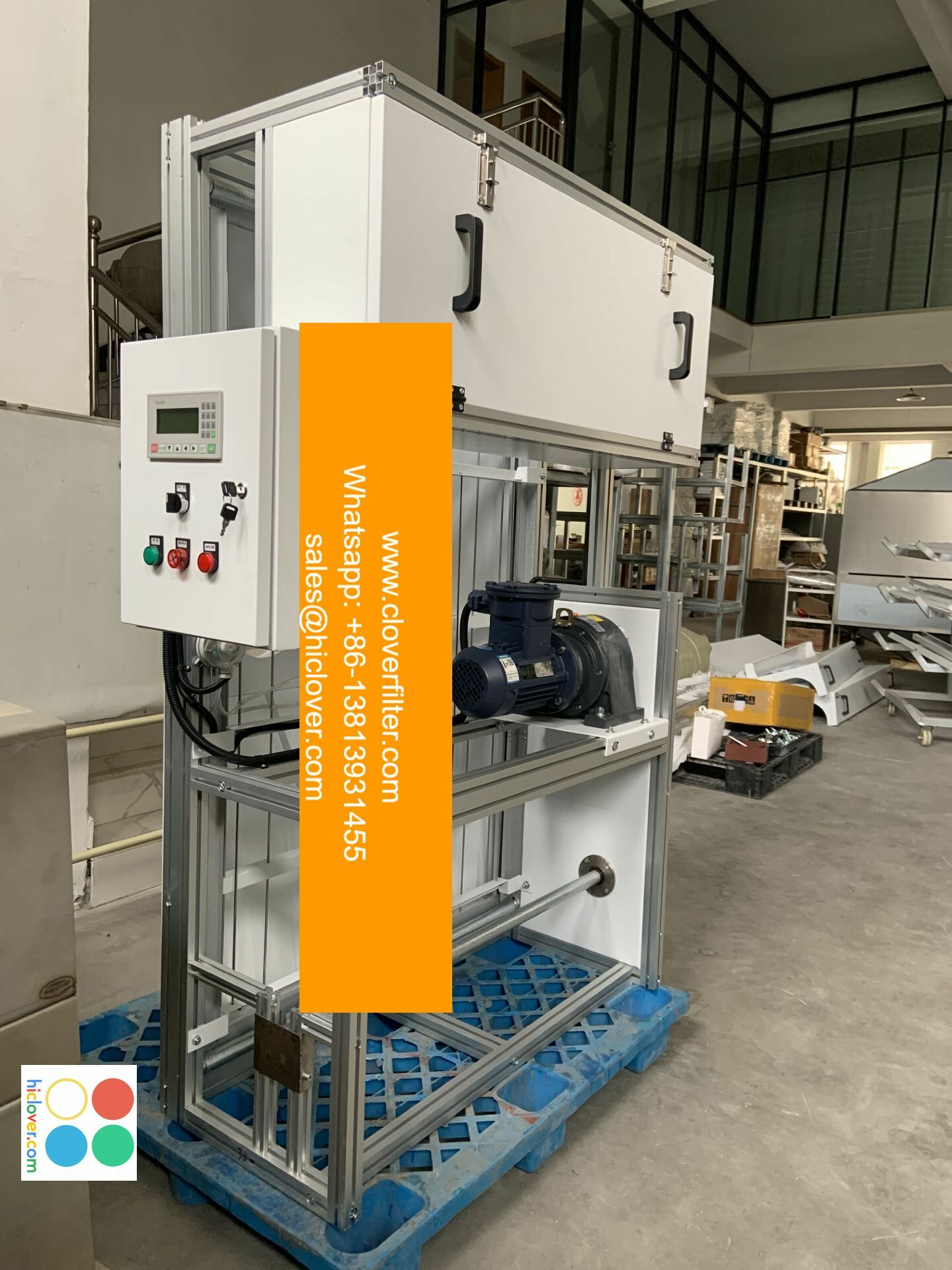How Air Filters Can Help Reduce Allergy Symptoms

What are Allergies and How do they Affect Our Lungs?
Allergies are an overreaction of our immune system to harmless substances, such as pollen, dust, and pet dander. When we breathe in these allergens, our bodies respond by producing antibodies, which can lead to symptoms such as sneezing, congestion, itchiness, and difficulty breathing. According to the American Lung Association, 1 in 5 Americans have allergies, making it one of the most common chronic health conditions.
How Air Filters can Help Reduce Allergy Symptoms
Air filters are designed to capture airborne particles, including allergens, and prevent them from entering our lungs. By removing these allergens from the air, air filters can significantly reduce the symptoms associated with allergies. Here are some ways air filters can help:
- Reduction of Pollen: Air filters with high-efficiency particulate air (HEPA) technology can capture 99.97% of particles as small as 0.3 microns, including pollen. This can provide relief to those with hay fever or seasonal allergies.
- Removal of Dust Mites: Air filters can capture the tiny mites that live in bedding, carpets, and upholstered furniture, which are a common allergy trigger.
- Capture of Pet Dander: Air filters can remove pet dander, which is a common allergy trigger for those with pet allergies.
Application Areas for Air Filters
Air filters are not just limited to residential use. They can also be used in various application areas to reduce allergy symptoms:
- HVAC Systems: Installing air filters in heating, ventilation, and air conditioning (HVAC) systems can remove allergens from the air and provide cleaner air for occupants.
- Industrial Settings: Air filters can be used in industrial settings to remove allergens and pollutants, improving indoor air quality for workers.
- Automobiles: HEPA air filters can be installed in vehicles to remove allergens and pollutants, providing cleaner air for drivers and passengers.
Choosing the Right Air Filter
When choosing an air filter, it’s essential to consider the following factors:
- Filter Rating: Look for filters with a high MERV (Minimum Efficiency Reporting Value) rating, which indicates the filter’s ability to capture smaller particles.
- Filter Size: Choose a filter that is the correct size for your HVAC system or device.
- Replaceable: Consider filters that are designed to be replaced regularly to ensure maximum effectiveness.
Conclusion
In conclusion, air filters can play a significant role in reducing allergy symptoms by capturing airborne particles and pollutants. By choosing the right air filter for your application area, you can breathe easier and enjoy a healthier indoor environment. Whether you’re looking to improve indoor air quality in your home, office, or vehicle, air filters are an effective solution to consider.
Prompt

